Beavers: Nature’s Architects
Beavers are a very unique species in the world of nature and wildlife, and for a while, it looked like this furry friend was going to be extinct. At one point, the population of beavers in North America was known to be as high as 60 million, but by the 1990's it was as low as 6 millions. Recently, beavers have made a comeback in the woods and in their original surroundings. Have you wondered what caused their disappearance? When you find out why they have been decreasing in number, you'll be appalled. It seems as if everything about beavers was a resource to people. The main reason why beavers seem to be endangered species is because they are often hunted for fur. Beavers began dying out because humans harvested the woods that they made their homes from, and because pollution began hurting the environment until it no longer was [...]
Common Wildflowers of the Tallgrass Prairie
Nature photographers and filmmakers who have a passion for wildflowers should make a point to visit the tallgrass prairie. The tallgrass prairie once covered 250 million acres of land, making it the largest ecosystem in the U.S. at the time. Over the years, that area has shrunk to about a million acres largely due to human activities. This natural community boasts dozens of beautiful wildflowers. Read on for a few of the wildflowers native to the tallgrass prairie. The Jerusalem artichoke also goes by the names sunroot, earth apple and sunchoke. It is a type of sunflower that originally grew in the central parts of North America. Its leaves are hairy and its flowers are yellow. Native Americans used the tubers of the Jerusalem artichoke for food; nowadays, the roots are often used as gourmet vegetables. In addition, it is a potential source of sugar. When stored, inulin in the [...]
Create a Sustainable Wildlife Area in Your Own Backyard
A cottontail rabbit checks out the camera Truly appreciating nature starts in your own backyard. Sustainable gardening and landscaping utilizes the natural processes of plant life. By cultivating your own sustainable garden and turning your yard into an eco-friendly space, you will gain a better understanding of the wildlife outside your home. Through landscaping and gardening, you can gain a better understanding of the lifecycle of nature. These are tips on creating a sustainable garden at home. Plant Native Species Native plants are those that naturally occur in an area. They have evolved and adapted to grow heartily in their climate, in the areas soil and with other native species. Since they are literally evolved to their area, native plants will thrive, which is of benefit to seasoned or inexperienced gardeners alike. Most importantly, however, native species are one of the best ways to conserve an areas [...]
Dragonflies: Tigers of the Sky
The dragonfly is a fascinating and captivating insect that darts around in a graceful pattern in your yard, in the woods and amidst the meadows or tall grasses looking for food. It is also common to see dragonflies near and around bodies of water where they lay their eggs. Despite their name, the dragonfly is not a species of fly but rather a part of the Odonata group of insects, which also includes damselflies. They come in a variety of beautiful patterns and colors making them an attractive subject for the wildlife filmmaker. As the dragonfly circles about, they are totally unaware of our interest in their habits and beauty. They have been around for over 300 million years. You can learn how to film wildlife as you feel a fascination for this beautiful part of nature. The dragonfly spends the majority of its life in the larvae stage up [...]
Capturing Nature: Iowa Woodland Wildflowers
With the approach of spring, there are few sights to see in all of nature that have more simple beauty and tranquility than Iowa woodland wildflowers. Carpeting the landscape of Iowa in verdant blooms and perfume, Iowa woodland wildflowers first emerge from the ground as small bits of color that protrude amidst the dead leaves and twigs of the previous autumn. Within the course of only a few weeks into spring, the first ephemeral wildflowers, the fastest growing of all, will provide the first colors before their brief lifespan is up and they begin to fade. Ephemeral flowers such as bloodroot and Dutchman's breeches must soak up enough light to begin fertilization and reproduction before the tree line grows and leaves block out the sun. When filming a nature video, these are certainly the easiest Iowa woodland wildflowers to shoot, as they bloom at a time when there is enough [...]
Grasshoppers: Great Benefit for the Environment and Wildlife Photographers and Filmmakers
As a wildlife filmmaker, one must have proper knowledge and understanding of what they are dealing with in order to document truthful information and for safety purposes. If you are making a wildlife video about grasshoppers, then this is the perfect guide to read. Below is the life of grasshoppers, particularly species that live in and around tall grass prairies in the U.S. Basics of Grasshoppers Grasshoppers are flying insects that are best characterized by their two pairs of wings, long arms and legs, and the loud buzzing noise they make as they approach. Typically, female grasshoppers are larger than males and have two pairs of valve-like structures at the corner of their abdominal area. Life Cycle Basically, reproduction of these insects occur during the early Summer season where the temperature is still high enough to ensure survival and growth of offspring. During mating season, male grasshoppers inject the spermatophore [...]



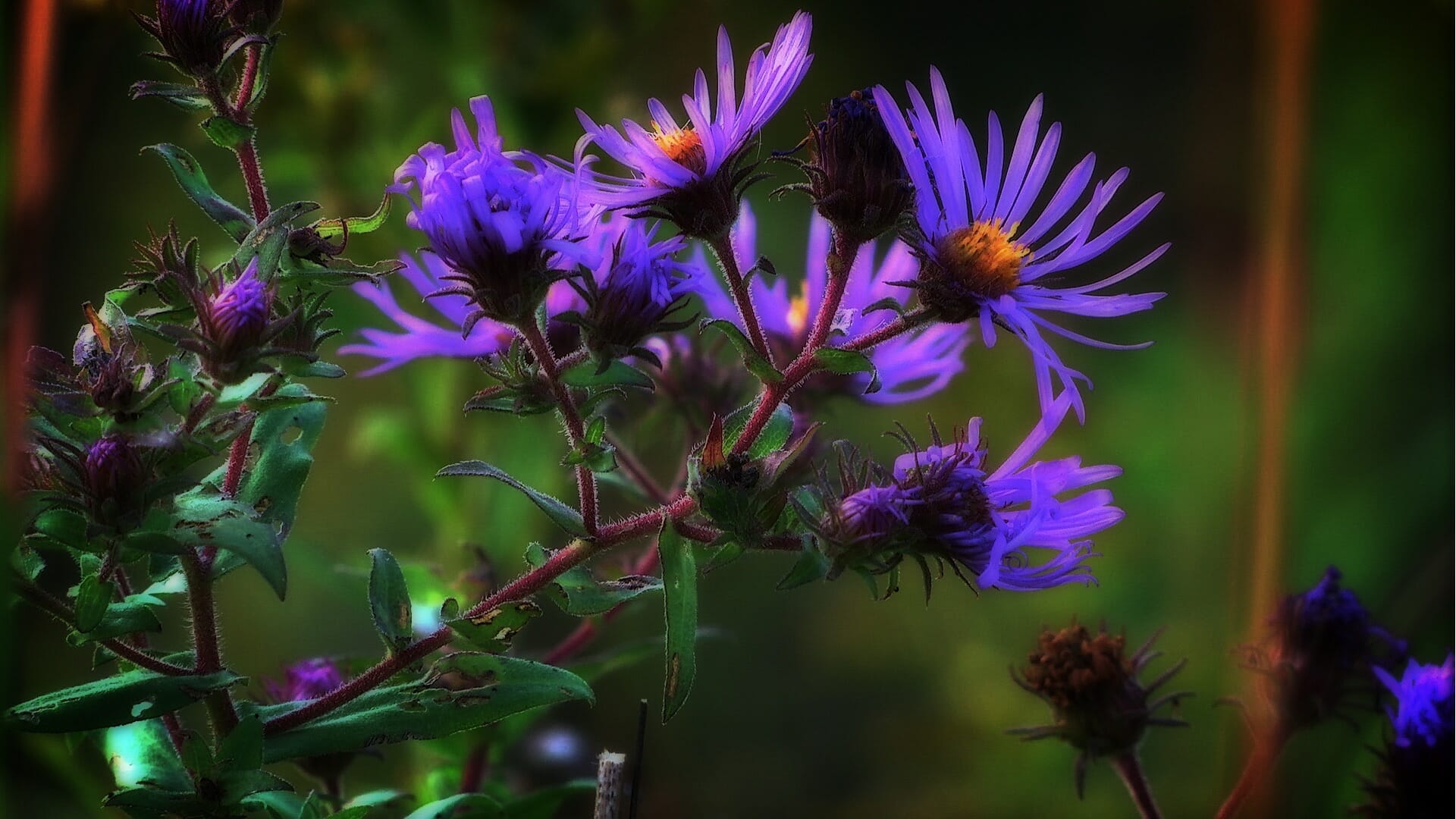

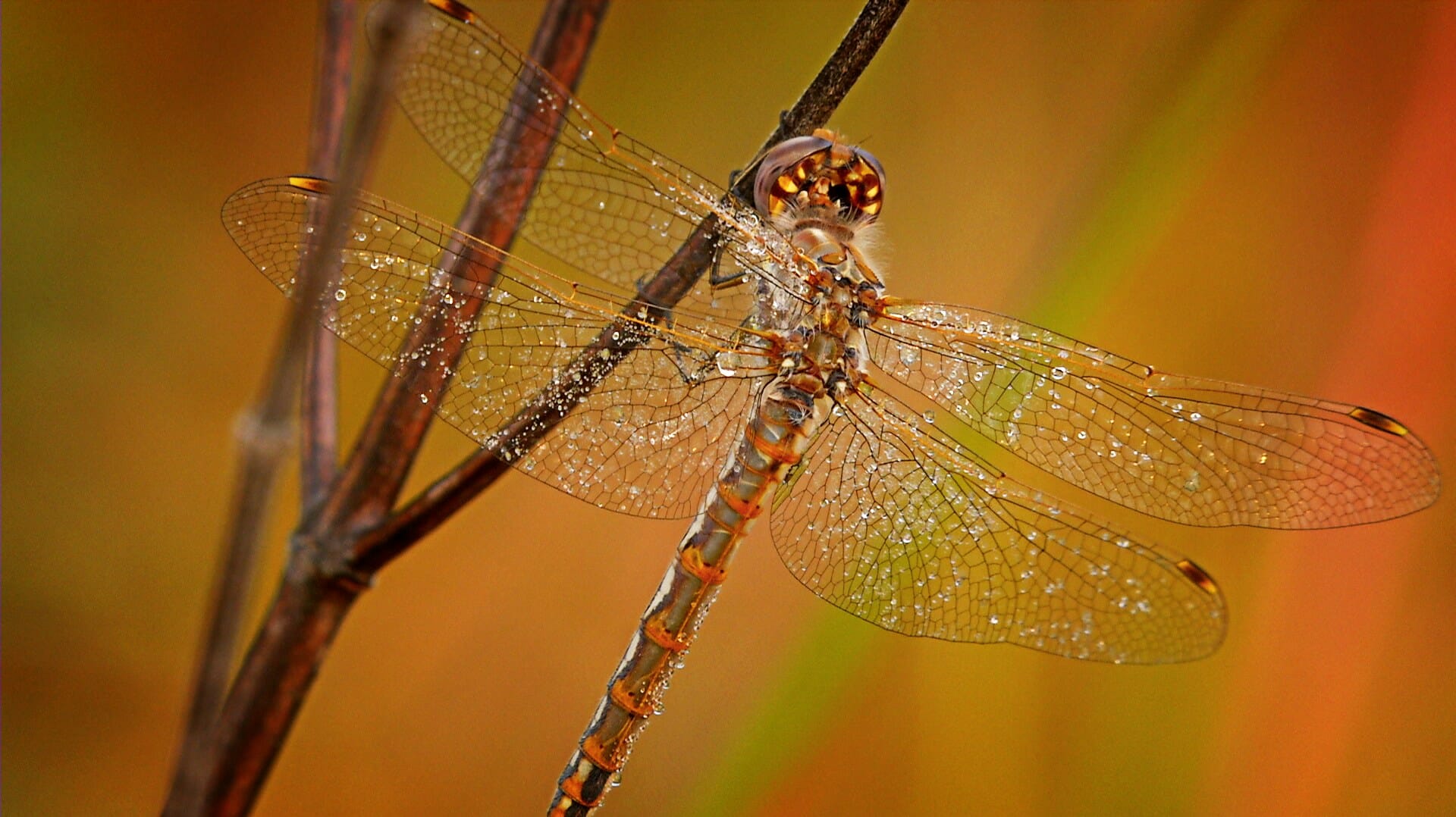
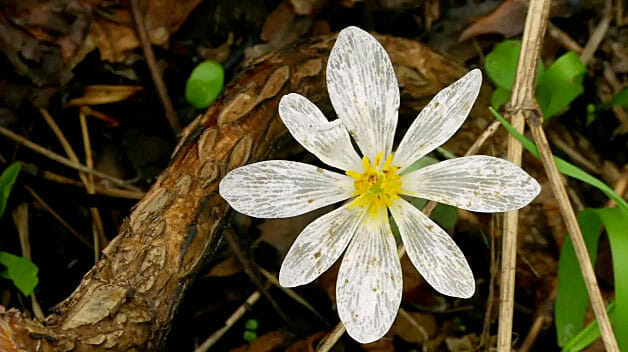
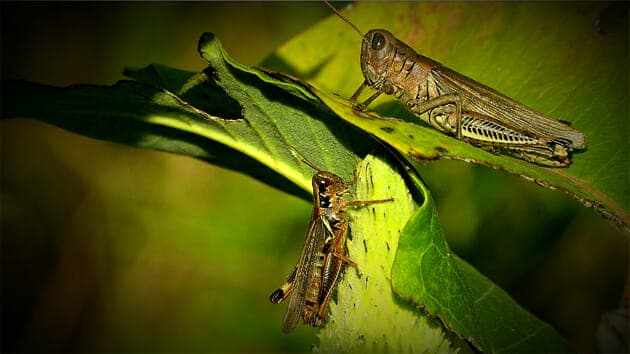
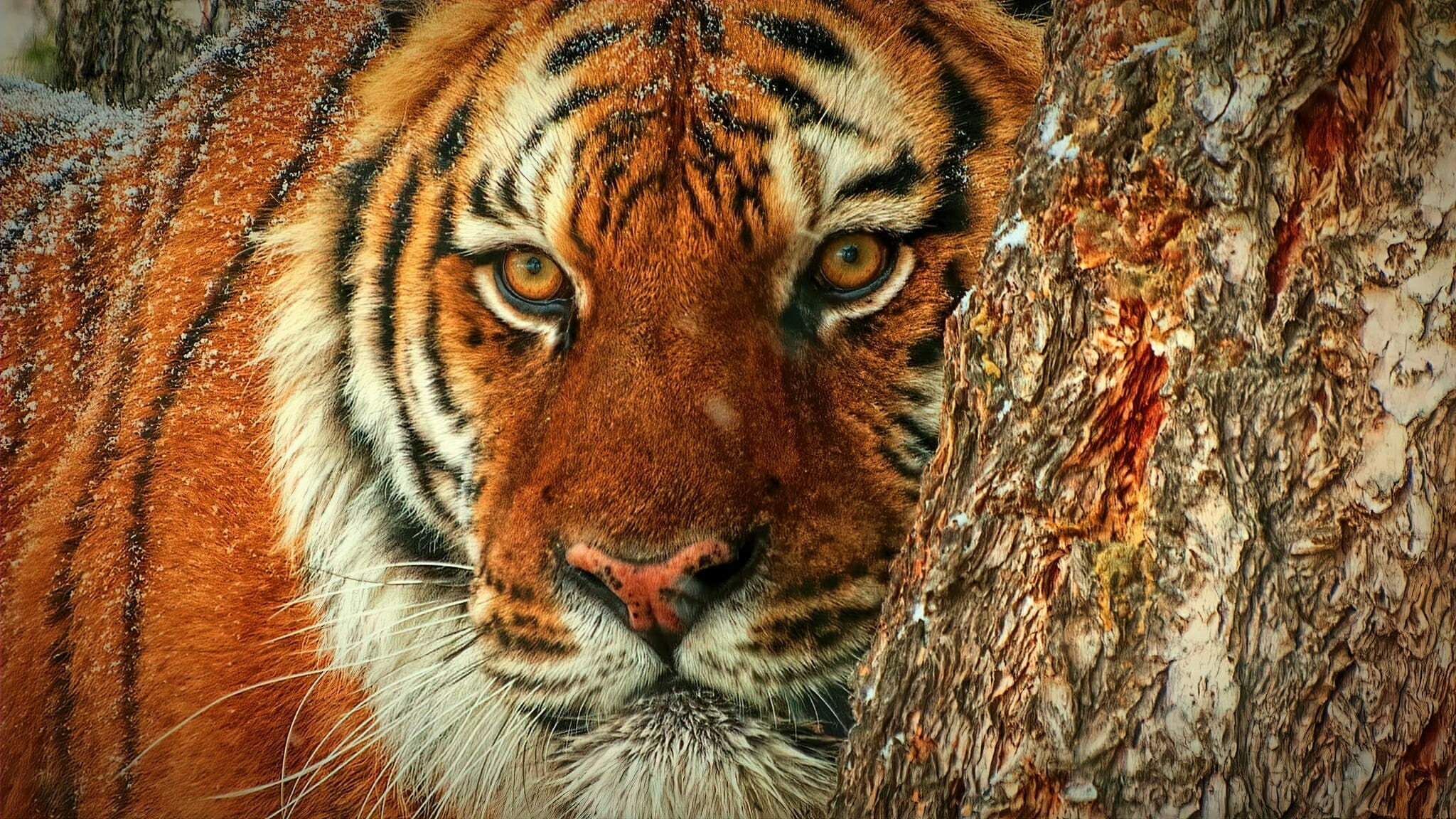
Leave A Comment
You must be logged in to post a comment.